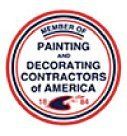Ceiling Paint vs. Wall Paint: What’s the Difference?
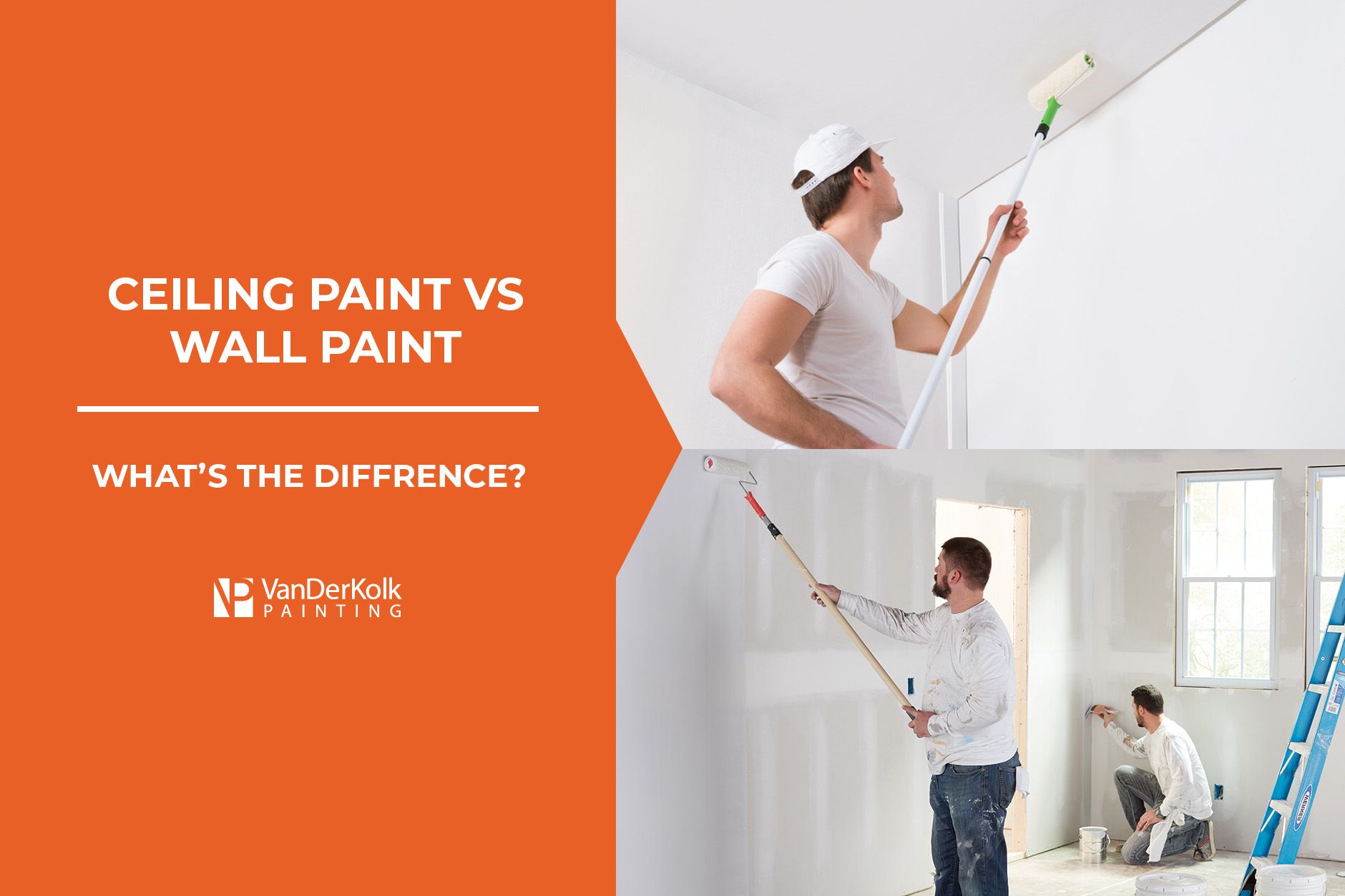
You’re ready to give your home’s interior a makeover with a fresh coat of paint. So, you go down to your local hardware store ready to choose the perfect paint color. But as you look at the wall of colors and types of paint, you begin to notice there are two different kinds: ceiling paint and wall paint.
What’s the difference between ceiling paint and wall paint? Can’t you simply use wall paint on your ceiling? At
VanDerKolk Painting, we understand the importance of using specific types of paint on designated surfaces. Our experienced painters are here to share the differences between ceiling paint and wall paint.
Whether you decide to spend the weekend painting your room yourself or hire professional painters, it’s essential to understand ceiling paint vs. wall paint to ensure your paint project lasts for years and looks great!
What is Ceiling Paint?
Ceiling paint is specifically formulated for use on ceilings. It is known for its high viscosity, which means it is thicker than normal wall paint to avoid dripping. The paint’s thickness makes it easier to apply with a paint roller and usually requires just one coat. This is great news for homeowners who decide to take on the DIY ceiling painting project as it requires less effort and damage to your floor or belongings.
You can choose from water-based or oil-based ceiling paints, but we recommend water-based paint for indoor spaces. It usually comes in two finish options: flat and eggshell. This means the paint is matte and does not reflect light.
What is Wall Paint?
Wall paint is paint made specifically for use on interior walls. It is much thinner than ceiling paint and often requires at least two coats to cover underlying paint or marks on the wall fully. Due to its thinness, wall paint is more prone to dripping.
Wall paint often comes in a variety of colors and finishes, including flat, eggshell, high gloss, and satin. You can also choose between water-based and oil-based wall paint depending on the surface—but we always recommend water-based paint for indoor use due to
harmful VOCs in oil-based paints.
Ceiling Paint vs. Wall Paint
When choosing between ceiling paint and wall paint, it’s important to understand the differences to get the most out of your painting project.
| Ceiling Paint | Wall Paint |
|---|---|
| Thicker paint high in viscosity with less risk of dripping | Thinner paint low in viscosity that is more prone to dripping |
| Cannot withstand thorough washing | Can withstand multiple thorough washings |
| Requires one to two coats of paint | Requires at least two coats of paint |
| Slightly more expensive | More affordable option |
| Fewer color and finish options | Many color and finish options |
| 24 to 72-hour dry time | 2 to 24-hour dry time |
Viscosity
Viscosity is the measurement of how resistant a fluid is to flowing. Ceiling paint has a high viscosity, making it thick and more resistant to flowing and dripping. This thickness also makes ceiling paint easier to apply with a paint roller. Wall paint has a low viscosity, which means it is thin and flows better, making it more prone to dripping.
Washability
As we go about our lives in our homes, there are bound to be messes and scratches that ruin our walls, especially in the kitchen.
Wall paint tends to be much more durable when it comes to washing compared to ceiling paint. This makes sense—there likely will not be scratches or stains on the ceiling, so there is no need to wash it.
For this reason, ceiling paint should not be used on walls, especially in high-traffic areas like the kitchen and
bathroom.
Required Coats
Let’s face it; painting a ceiling is no easy task. Looking up for hours moving a paint roller back and forth can take a toll on your neck and shoulders. Unlike wall paint, which requires at least two coats for ultimate coverage, ceiling paint only requires one. Of course, you can add two coats for optimal vibrance and coverage.
Cost
If you’re working within a budget for interior paint, you will notice a difference between the cost of ceiling paint vs. wall paint.
Ceiling paint tends to be more expensive than wall paint. However, white paint is more affordable than other colors, between $14 and $60 per gallon, depending on the brand. Wall paint, depending on color, finish, and brand, can cost anywhere from $15 to $80 per gallon.
When choosing a ceiling and wall paint based on price, consider the quality of the paint. The higher the quality, the more longevity you’ll get from your paint job with less
risk of peeling, bubbling, or chipping.
Color and Finish Options
Typically, ceiling paint comes in fewer colors, usually neutral or white, with limited finish options. Most people will paint their ceilings a light white or cream color to make the room feel more open.
Wall paint comes in many more color options and paint finishes. Obviously, this is due to interior design trends and preferences. Homeowners want to paint their walls different colors to play with light, add
accent walls, and match their furniture.
Dry Time
If you plan to paint a room over the weekend, timing your painting and drying time is essential. It’s important to know that ceiling paint often takes longer to dry due to its thickness. Usually, it takes between 24 and 72 hours for ceiling paint to fully dry. If you plan to add a second coat, wait 24 hours.
Wall paint tends to dry faster, between two and 24 hours, depending on the type of paint you use. Remember to calculate
how long you should wait between coats to plan your painting timeline. So, if you are planning on painting the ceiling and walls, we recommend starting with the ceiling because it takes longer to dry.
Can I Use Wall Paint on the Ceiling?
While it is possible to use wall paint on the ceiling, it is not recommended. There is a reason they are two different paints.
If you do decide to use wall paint to paint the ceiling, it’s important to prepare for dripping. Lay down plastic over all of the furniture and flooring to protect it. You can also expect to paint at least two coats on the ceiling if you choose to use wall paint.
Can I Use Ceiling Paint on Walls?
Yes, you can use ceiling paint on your walls, but we do not recommend it. Remember, ceiling paint is more expensive than wall paint; you will need more paint to paint a room. It also does not come in many color and finish options. It also does not withstand thorough washings, which is often necessary. For the best outcome, we recommend using the designated paint for your project.
Should I Use Ceiling Paint on Crown Molding?
Crown molding adds incredible dimension and character to a room and often requires a coat or two of paint to make it look polished and match the rest of the room. While crown molding is on the ceiling, you should not use ceiling paint.
Instead, use wall paint for crown molding. Most interior designers recommend using a semi- or high-gloss finish for crown molding, which is unavailable in ceiling paint. Plus, with the intricate details, a thinner paint will make it easier to paint all of the crevices.
Do I Need Primer for Ceiling Paint?
While it’s usually a good idea to use primer when painting any type of surface, it is not always necessary when painting ceilings. However, if you have porous, stained, previously painted, or textured ceilings, primer can help preserve the surface and increase paint adhesion.
Avoid Painting Mistakes With VanDerKolk Painting
Spending time your precious time at the hardware store trying to learn about different types of paint can be exhausting and frustrating. Just choosing a color is enough work!
Leave choosing the right type of paint to the professionals at
VanDerKolk Painting. For the last 30 years, we have helped homeowners in the Grand Rapids area paint their homes with premium-quality paint.
Before we even begin painting, we will conduct a consultation to determine which type of paint and finish is right for your project. So, you never have to worry about making a mistake that could ruin your paint job!
Request a free estimate for your interior painting project to get started today!
Request A Free Quote
We will get back to you as soon as possible.
Please try again later.
Our Services
Residential Services
Commercial & Industrial Services

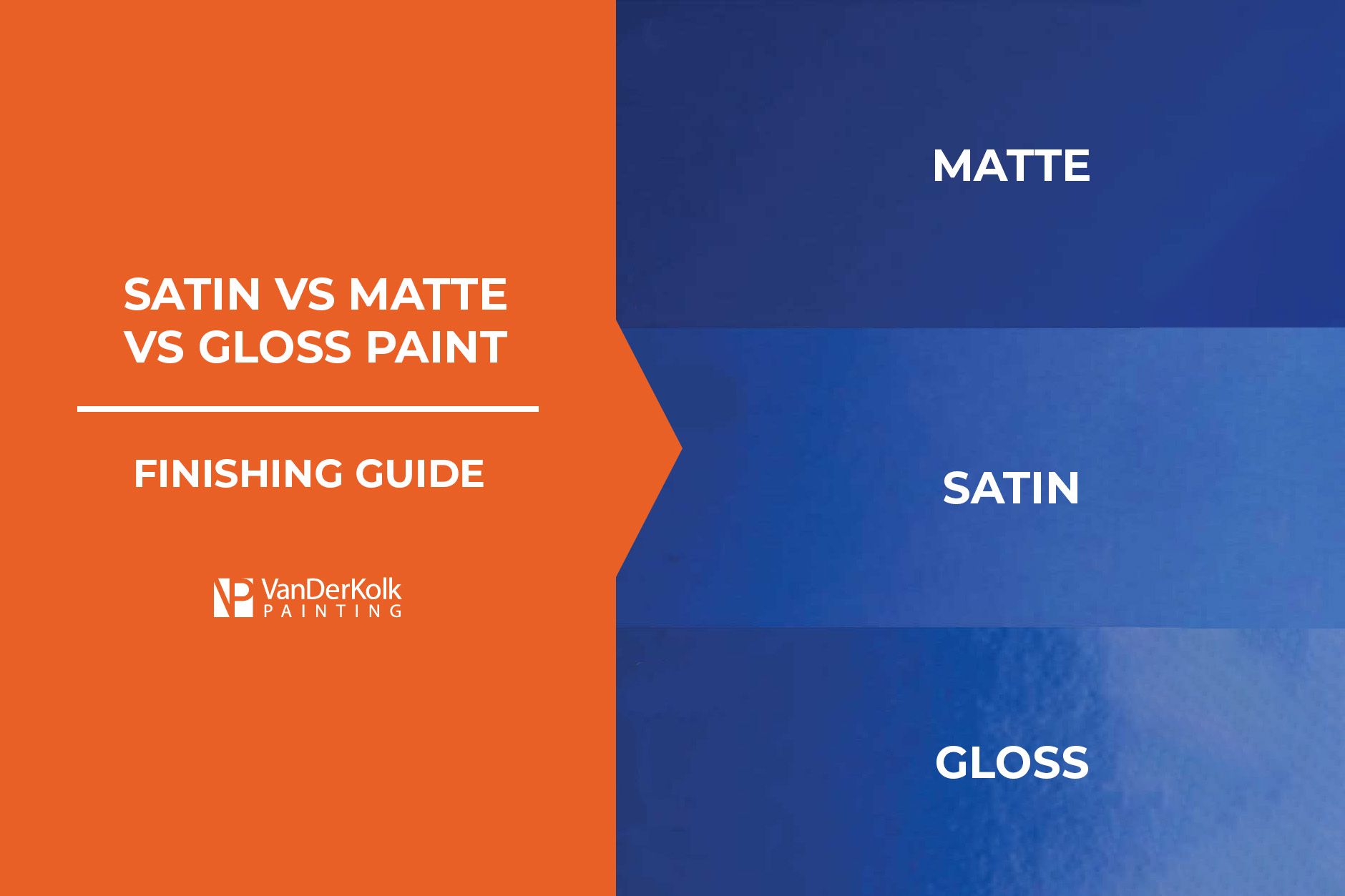
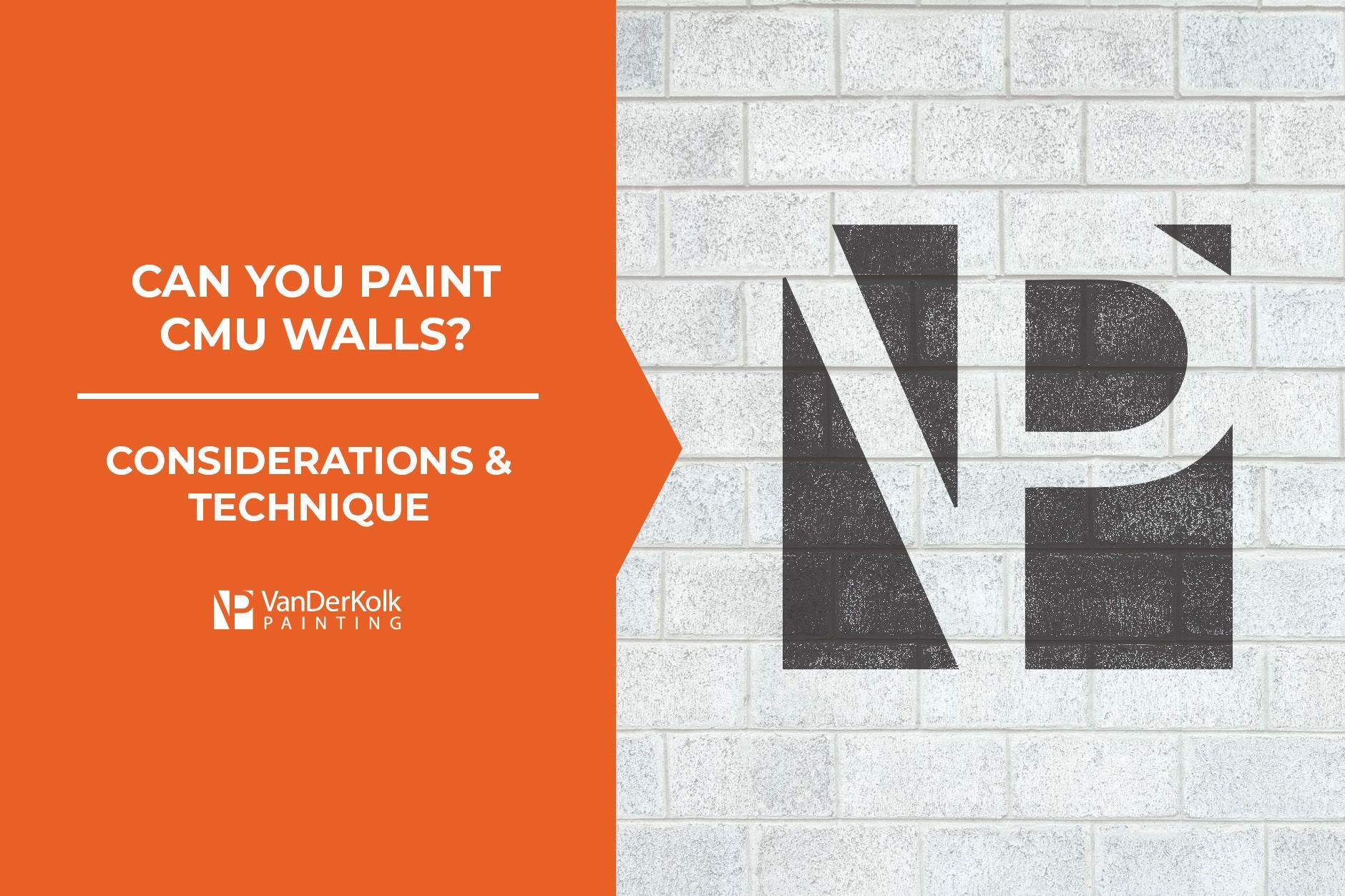
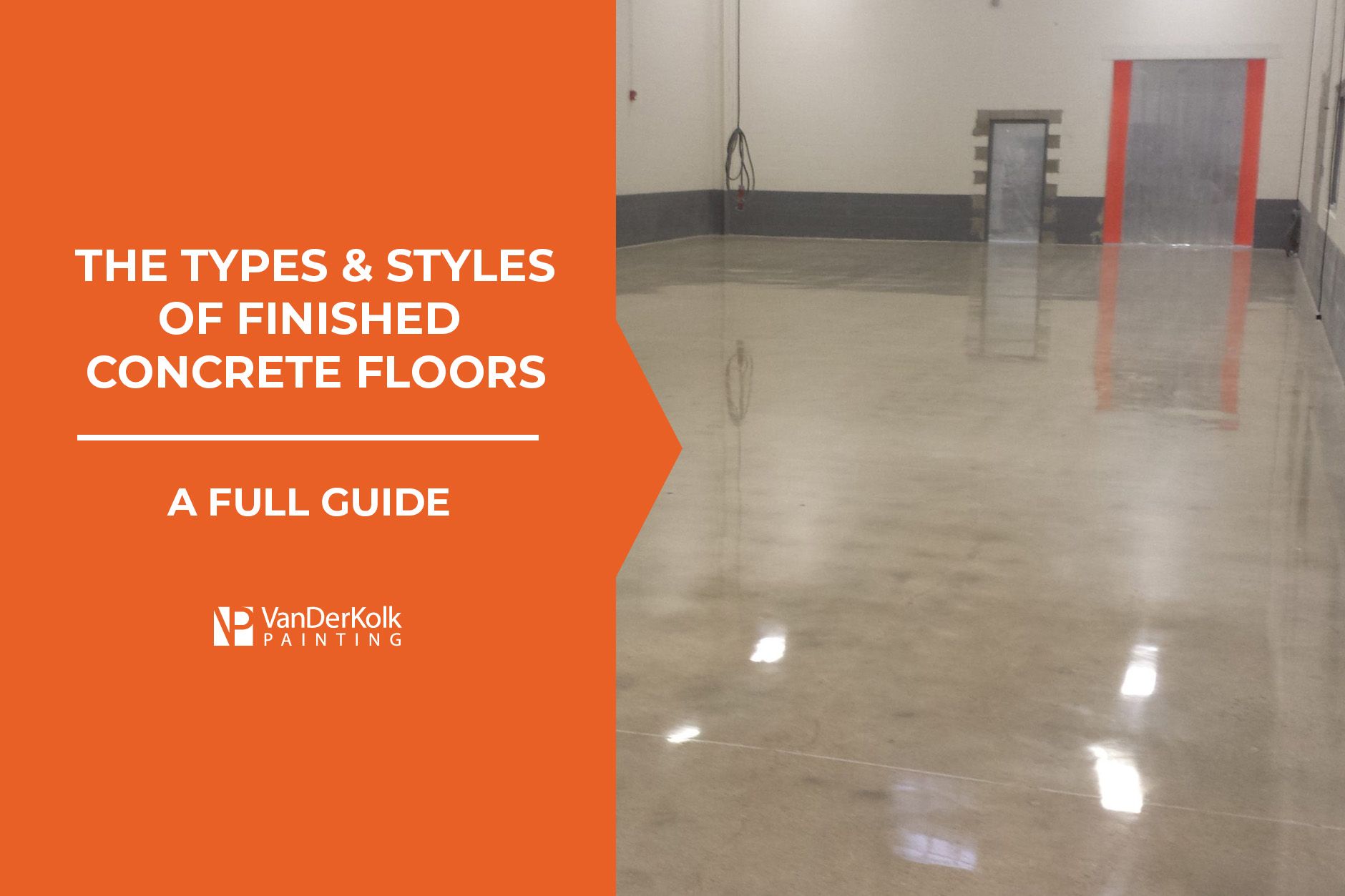
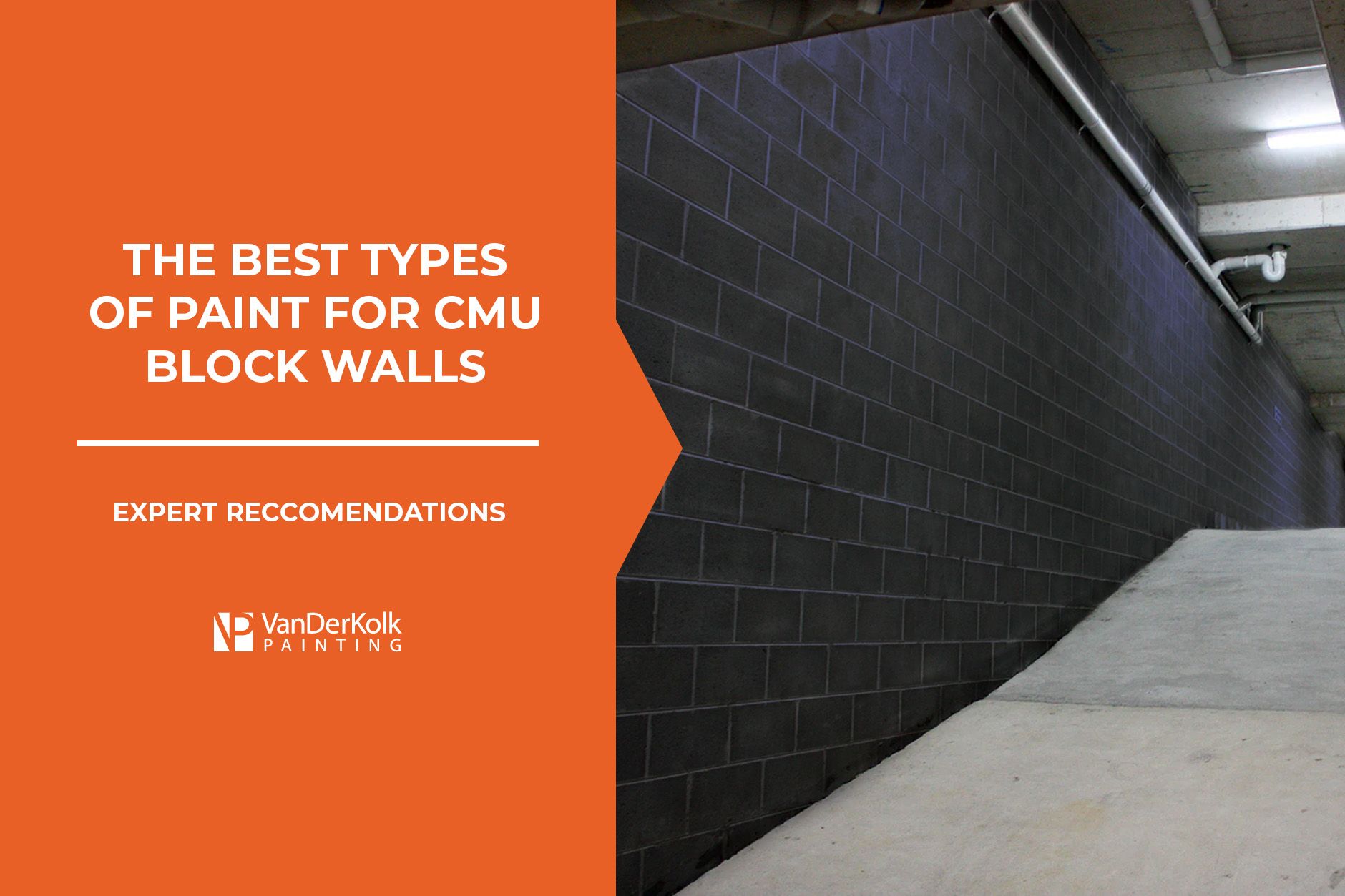

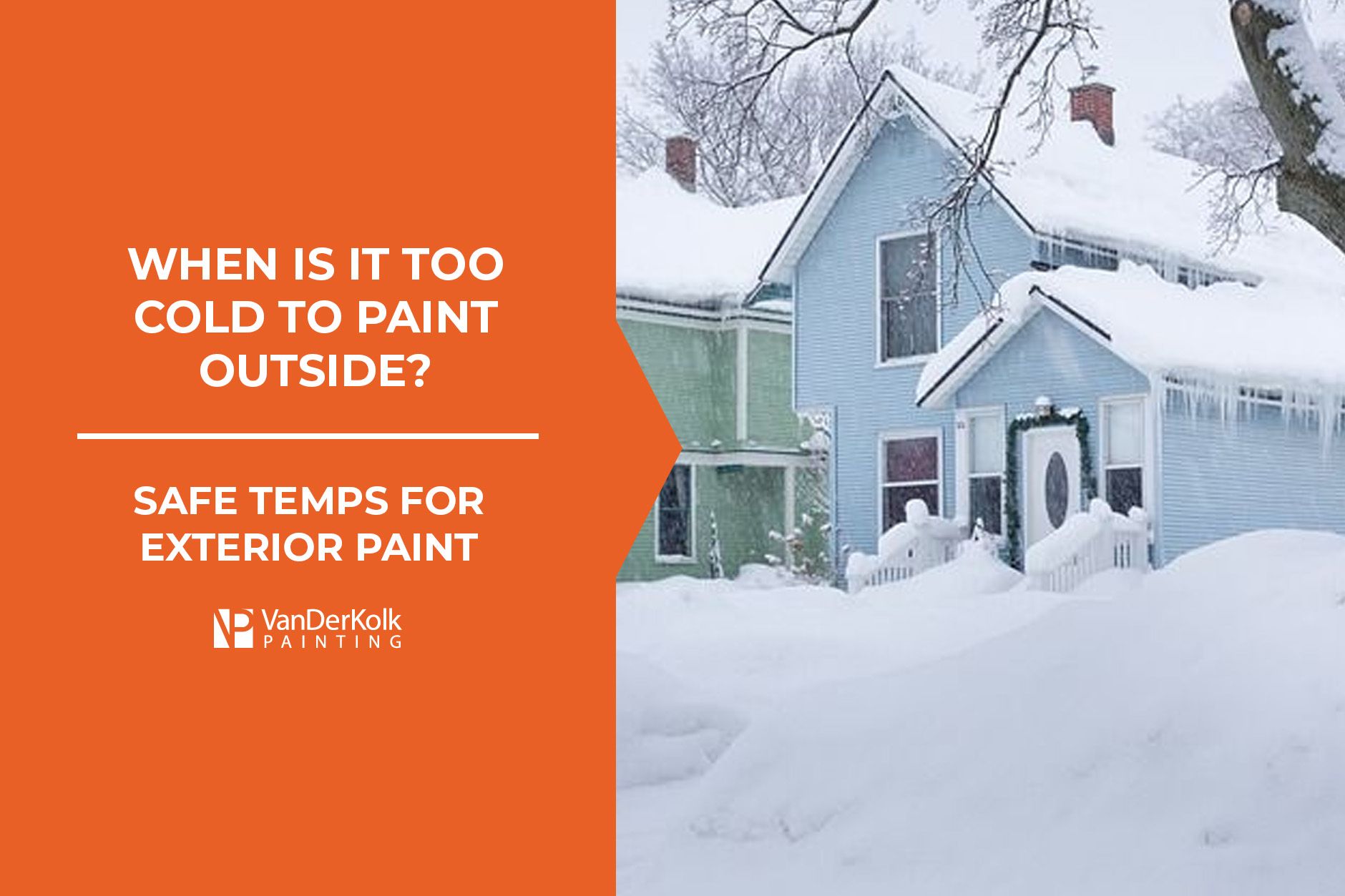
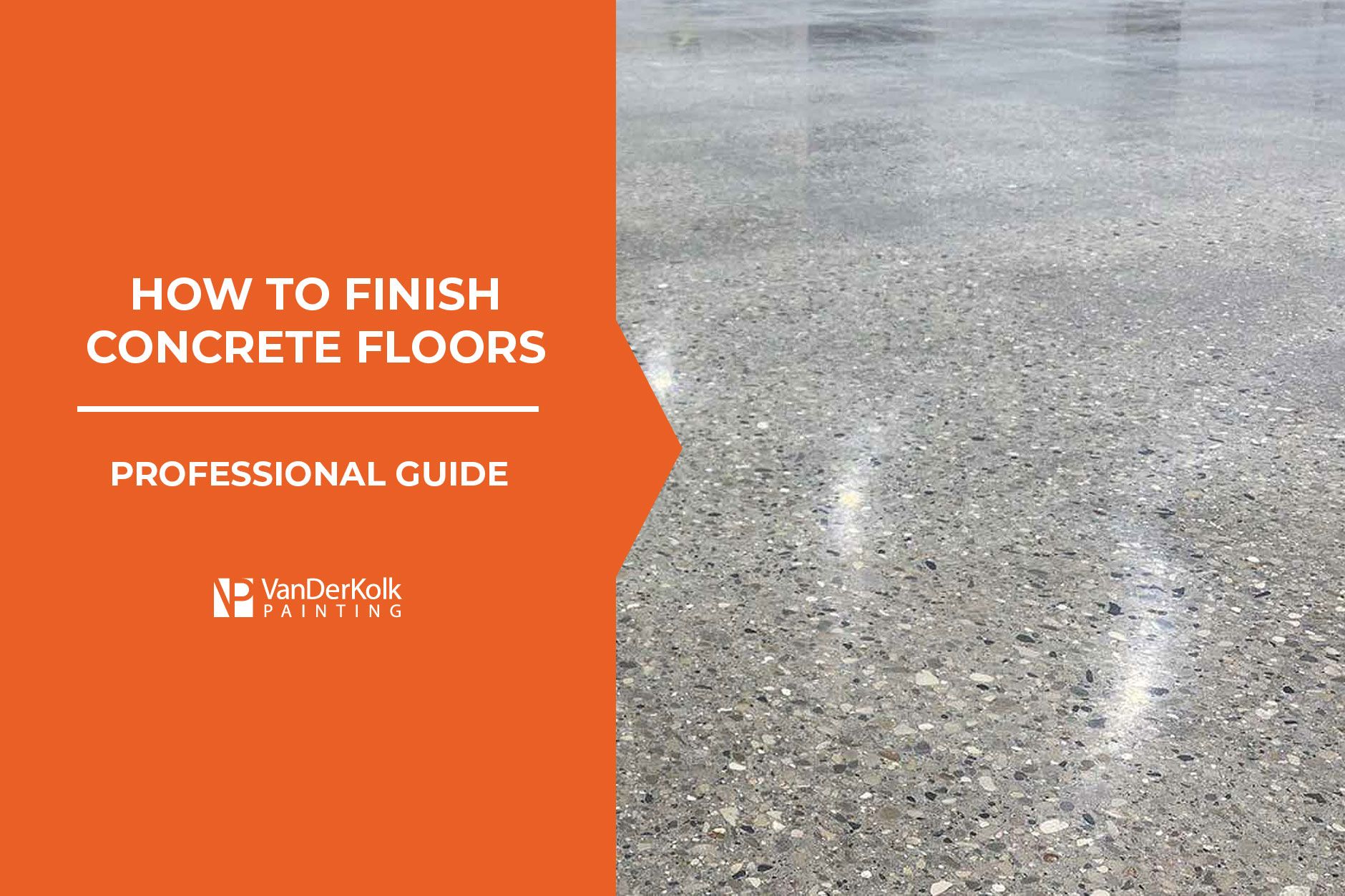
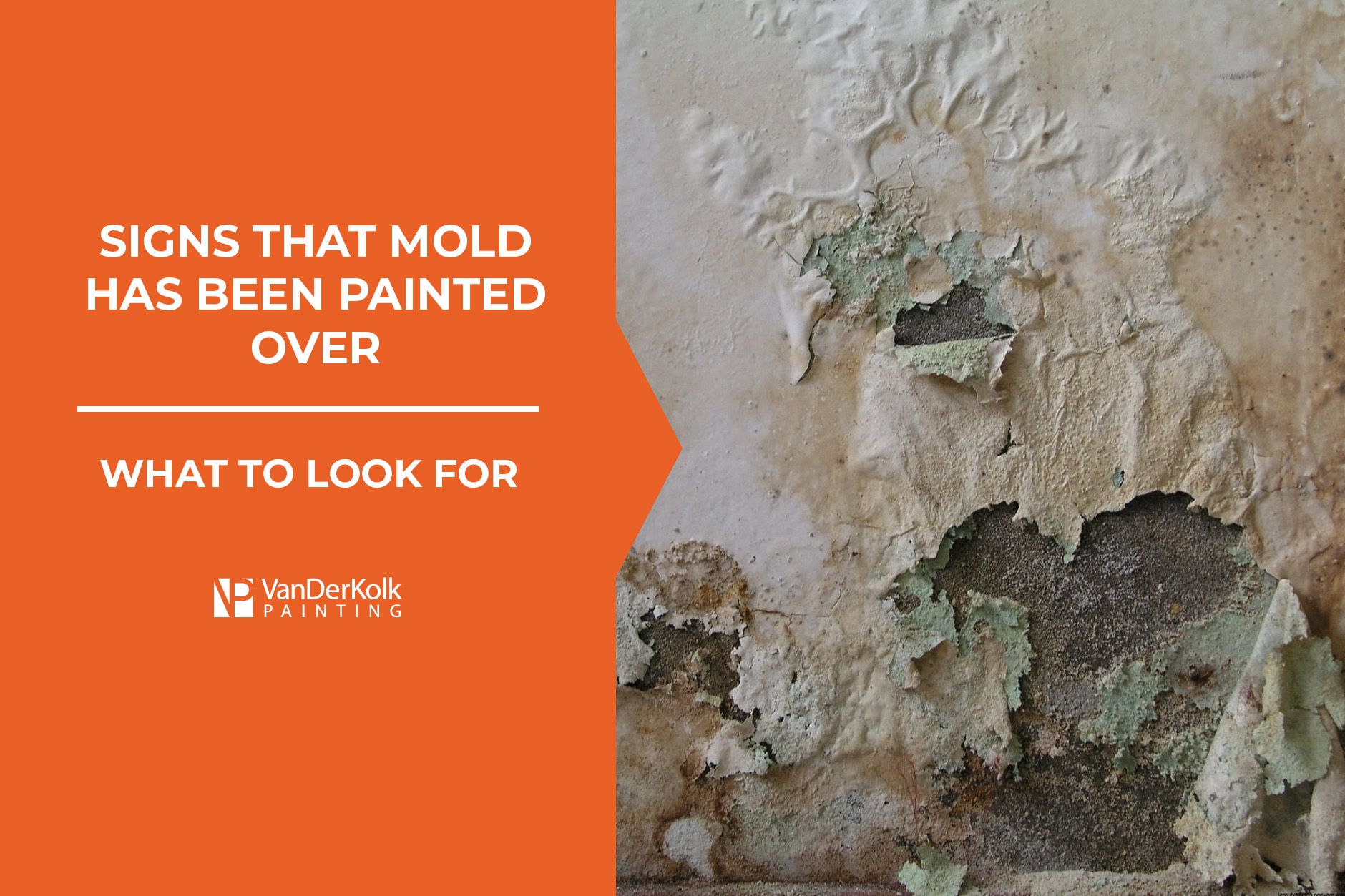

 Rating
Rating
Request Your Free Quote
We provide quotes at absolutely no cost. Requesting a quote gives you an opportunity to meet with one of our team members, better understand our process, and explain the details of your project. You can request a free quote by filling out the form, or by calling us at 616-202-6570.
Footer Form
Thank you for contacting us.
We will get back to you as soon as possible.
Please try again later.
VanDerKolk Painting - Grand Rapids Painting Company
225 Graham Street SW | Grand Rapids, Michigan 49503
VanDerKolk Painting | All Rights Reserved



